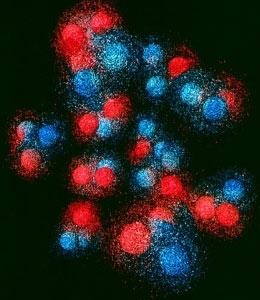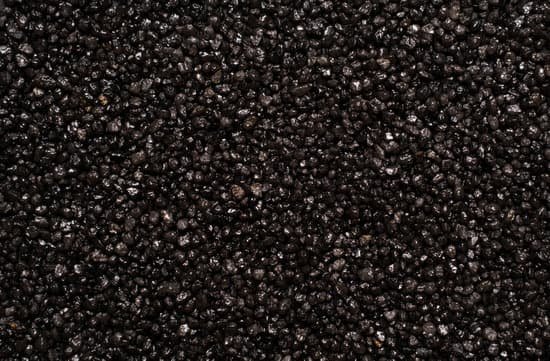

Written the long way, that would be a decimal point followed by 32 zeroes and then a 1. Actually, according to the theory, they are very small strands, just 10 - 33 centimeters long. Strings are so much smaller than the smallest subatomic particle that, to our instruments, they look like points. A point has no dimensions, but a string, like a line, has one dimension. String theory, by contrast, says the smallest particles are not like points but like strings.

For all practical purposes, that works fine, as long as rocket scientists remember that a spacecraft returning to Earth must land about 3,900 miles above the center of the mass used to calculate the flight path. In calculating Earth's orbit around the sun from Isaac Newton's 17th century theories, for example, physicists treat both as if their entire mass were concentrated within a point at the center of each body. Until now, physics treated everything, from a quark to a star, as a point - an infinitesimal, dimensionless dot. The new, as yet unproven, theory starts with one major departure from the way physicists used to think. If they are correct, string theory could be the one, grand theory that explains how every bit of matter and every pulse of energy in the universe came into being and why each has the properties it has. They believe that this new way to think, called string theory or, more formally, superstring theory, may be history's greatest scientific theory, embracing and uniting the two reigning but partly contradictory theories of physics - general relativity and quantum mechanics. But in the last 25 years, some physicists have devised a new and, they hope, improved way to think about these so-called fundamental particles. Are quarks and electrons made of yet smaller particles? All evidence so far says no. Electrons, it has turned out, are not made of anything smaller. There are different kinds of quarks, and the exact combination determines whether the result is a proton or a neutron. Each proton and each neutron is made of three quarks. Then physicists discovered in the mid-20th century that protons and neutrons were made of still tinier particles, which they named quarks. All atoms are combinations of these three particles.
#WHAT IS SMALLER THAN A QUARK PLUS#
Today, we know there are just three major kinds of subatomic particles - protons and neutrons in the nucleus at the center of the atom, plus electrons whizzing around the nucleus. They began to learn that atoms were made of even smaller objects. They understood that, while the everyday world was made of thousands of different kinds of things - rock, water, wood, feathers and so forth - all of these were composed of different combinations of just a few dozen kinds of atoms. In the 19th century, scientists established that all matter was composed of tiny particles called atoms. For some physicists, this means trying to understand what the world is made of at the most fundamental level. The goal of basic science is to understand how the natural world works.


 0 kommentar(er)
0 kommentar(er)
